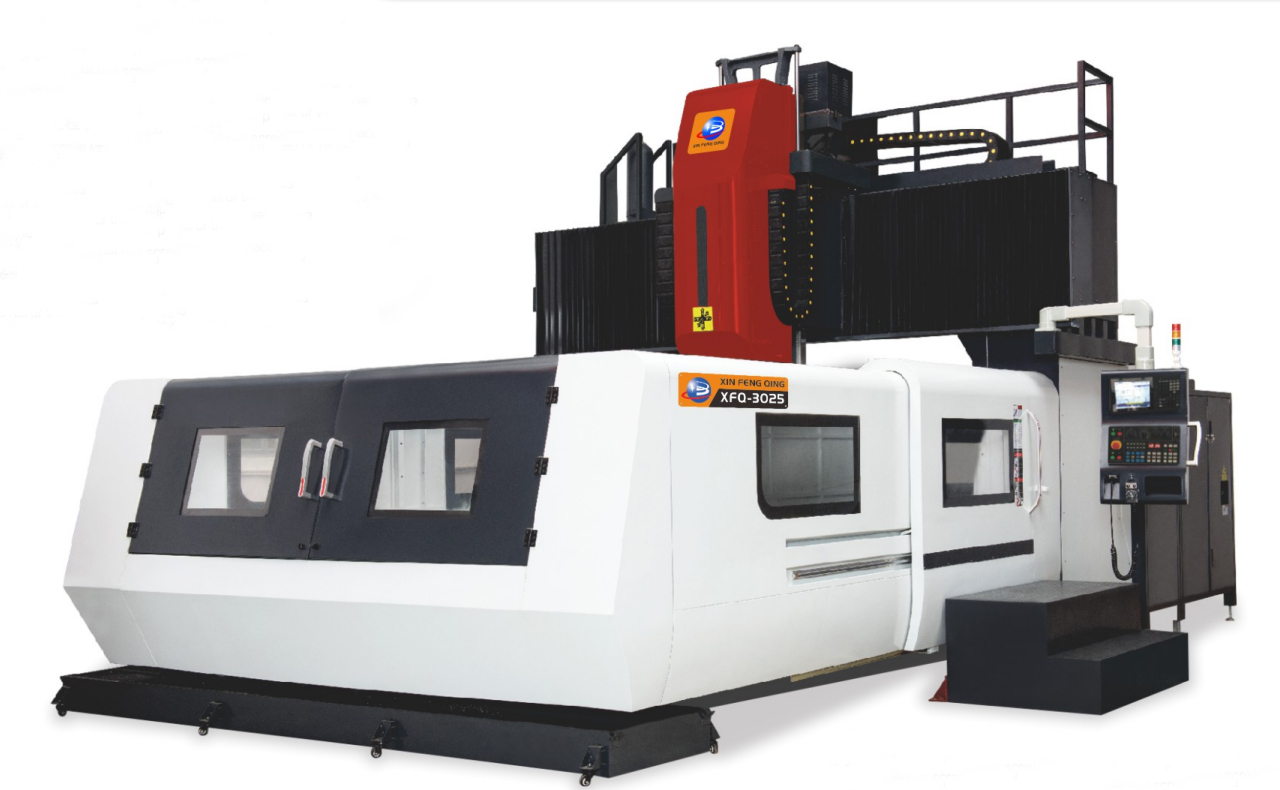In today's rapidly advancing technological landscape, it is crucial to understand the fundamental differences between electro-mechanical and electronic systems. These two domains play a pivotal role in various industries, ranging from manufacturing and automotive to aerospace and robotics. This article aims to delve into the disparities between these systems, shedding light on their unique characteristics, applications, and advantages.
- Defining Electro-Mechanical Systems:
Electro-mechanical systems encompass a combination of electrical and mechanical components, working in tandem to achieve a specific function. These systems rely on the conversion of electrical energy into mechanical motion or vice versa. Examples include electric motors, generators, actuators, and relays. Electro-mechanical systems are widely used in industries where precise control, robustness, and physical movement are essential. - Understanding Electronic Systems:
On the other hand, electronic systems primarily deal with the control and manipulation of electrical signals using electronic components such as transistors, integrated circuits, and microcontrollers. Unlike electro-mechanical systems, electronic systems do not involve any mechanical parts. They excel in processing, storing, and transmitting information, making them indispensable in sectors like telecommunications, computing, and consumer electronics. - Key Differences:
3.1 Energy Conversion:
One of the fundamental distinctions lies in the energy conversion process. Electro-mechanical systems convert electrical energy into mechanical motion or vice versa, while electronic systems focus on the manipulation and control of electrical signals.
3.2 Complexity and Precision:
Electro-mechanical systems often involve intricate mechanical components, requiring precise engineering and assembly. Electronic systems, on the other hand, rely on compact electronic circuits, enabling higher complexity and precision in signal processing and control.
3.3 Response Time:
Electro-mechanical systems typically exhibit slower response times due to the mechanical nature of their components. In contrast, electronic systems offer rapid response times, making them ideal for applications that demand real-time control and high-speed data processing.
3.4 Maintenance and Durability:
Electro-mechanical systems may require regular maintenance due to wear and tear of mechanical parts. Electronic systems, being devoid of mechanical components, generally have longer lifespans and require less maintenance.
- Applications and Advantages:
4.1 Electro-Mechanical Systems:
Electro-mechanical systems find extensive use in industries such as manufacturing, automotive, robotics, and aerospace. Their advantages include robustness, high torque capabilities, and the ability to handle heavy loads. These systems excel in applications like industrial automation, robotic arms, and electric vehicles.
4.2 Electronic Systems:
Electronic systems dominate sectors like telecommunications, computing, consumer electronics, and medical devices. Their advantages include compactness, high-speed data processing, and precise control. Electronic systems are indispensable in applications such as smartphones, computers, wireless communication, and medical imaging.
Conclusion:
In conclusion, the disparity between electro-mechanical and electronic systems lies in their energy conversion processes, complexity, response times, and maintenance requirements. Understanding these differences is crucial for professionals in various industries to make informed decisions regarding system selection and design. By harnessing the strengths of both domains, industries can achieve optimal performance, efficiency, and innovation in their respective fields.





+ There are no comments
Add yours